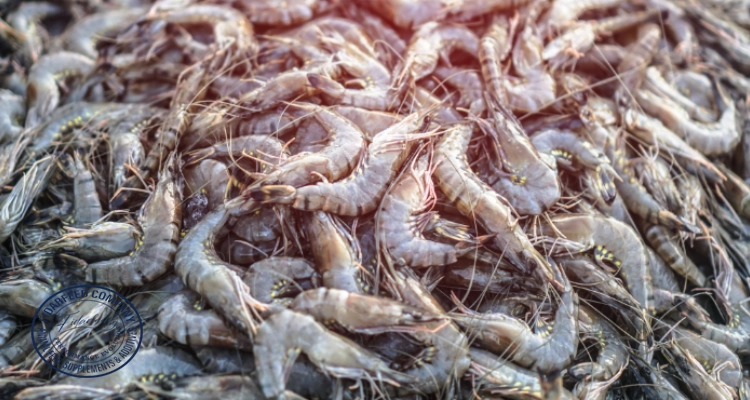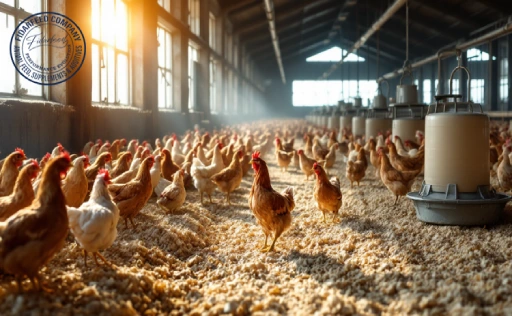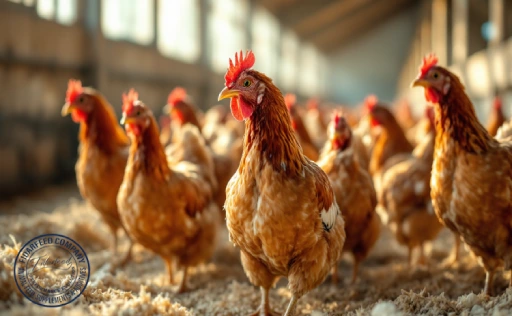Introduction: Why Healthy Shrimp Lead to Higher Yields
Healthy shrimp don’t just survive—they thrive, grow faster, resist disease, and yield higher profits. Whether you’re a shrimp farmer just starting out or a feed manufacturer supplying to large-scale operations, one thing is certain: shrimp health directly impacts productivity and profitability. A well-nourished shrimp population means fewer losses, better growth rates, and stronger harvests. But achieving this level of performance starts with understanding and providing the right nutrition. In this article, we’ll walk you through the key nutrients shrimp need to succeed—and how you can use this knowledge to gain an edge in the competitive aquaculture industry. Keep reading to unlock practical tips backed by science and experience.
The Foundation of Success: Key Nutrients Every Shrimp Needs
Like all living creatures, shrimp require a balanced diet to support growth, immunity, and reproduction. But unlike mammals, shrimp can’t regulate their internal temperatures, which makes their nutritional needs even more critical. Their growth and immune functions are tightly linked to the nutrients they absorb through feed.
Key nutrients include:
-
Proteins and amino acids for growth and muscle building
-
Lipids and essential fatty acids for energy and immune support
Learn more about: Probiotic Supplement for Aquatic Animal
-
Minerals like calcium and phosphorus for shell development and metabolic function
-
Vitamins to boost immunity and resilience
-
Functional additives to improve gut health, digestion, and overall performance
Getting this mix right means healthier shrimp—and healthier profits.
Protein: Powering Growth and Muscle Development in Shrimp
Protein is the backbone of shrimp growth. It supports everything from cell repair to muscle development. Shrimp have high protein requirements, especially during juvenile stages. According to research published in the Journal of the World Aquaculture Society, optimal dietary protein levels for Litopenaeus vannamei (whiteleg shrimp) range from 32% to 38% depending on the farming system and life stage.
Learn more about: Immune Boosters for Shrimp: What Additives Actually Work?
Sources of quality protein include:
-
Fish meal (still a gold standard, though expensive)
-
Soybean meal (widely used, cost-effective)
-
Insect meal and algae (emerging sustainable alternatives)
Inadequate protein leads to stunted growth, weak shells, and poor survival rates. On the flip side, overfeeding protein can increase ammonia in the water—damaging shrimp health and water quality. Balance is everything.
Lipids and Fatty Acids: Fueling Energy and Immunity
Lipids provide shrimp with energy reserves and play a critical role in maintaining cellular integrity and immune function. Essential fatty acids, particularly EPA and DHA (omega-3s), are vital for larval development and disease resistance.
Learn more about: How to Reduce Feed Conversion Ratio (FCR) in Commercial Tilapia Production
Research shows that diets deficient in omega-3s result in deformities, slow growth, and higher mortality. Fish oil is a common lipid source, but plant-based oils (like canola or algae oil) are increasingly used as alternatives.
Well-formulated lipid content (usually around 6-10% of the diet) helps shrimp withstand stress, regulate metabolism, and fight off pathogens.
Minerals That Matter: Calcium, Phosphorus, and More
Shrimp molt as they grow, shedding their exoskeletons and forming new ones. This process requires a steady supply of minerals, especially calcium and phosphorus. Deficiencies can result in soft shells, poor molting, and increased vulnerability to infections.
Key minerals in shrimp diets:
-
Calcium – for shell hardening and muscle contraction
-
Phosphorus – for energy metabolism and skeletal development
Learn more about: Stress in Aquaculture: Understanding the Effects and Mitigation Strategies
-
Magnesium, zinc, copper – for enzyme activation and nerve function
Feeding mineral-enriched diets or using mineral-rich pond supplements can prevent common health issues and improve survival rates—especially in high-density systems where mineral depletion happens faster.
Vitamins for Vitality: Enhancing Shrimp Health and Disease Resistance
Even in trace amounts, vitamins are essential. They act as catalysts for various biochemical reactions that keep shrimp healthy and resilient. When vitamins are lacking, the effects are immediate and damaging—sluggish behavior, low appetite, and higher disease risk.
Important vitamins include:
-
Vitamin C – boosts immunity and helps tissue repair
-
Vitamin E – protects cells from oxidative stress
Learn more about: Reducing Fish Mortality in Aquaculture with Probiotics
-
Vitamin D – regulates calcium and phosphorus levels
-
B-complex vitamins – support nerve function and metabolism
Supplementing shrimp diets with stable, bioavailable forms of these vitamins enhances feed conversion, supports growth, and improves overall vitality.
Functional Additives: Natural Boosters for Healthy Shrimp
Beyond basic nutrients, functional feed additives play a crucial role in promoting shrimp health. These include:
-
Probiotics – enhance gut health and nutrient absorption
-
Prebiotics – stimulate beneficial gut bacteria
-
Phytogenics (plant extracts) – reduce oxidative stress and improve digestion
-
Nucleotides and immunostimulants – strengthen the immune system
For instance, studies show that supplementing shrimp feed with garlic extract or Bacillus subtilis can significantly reduce disease outbreaks and improve growth rates. These natural boosters are especially valuable in antibiotic-free or biofloc systems.
Balancing the Shrimp Diet: How to Get Nutrients Just Right
Formulating a balanced shrimp diet isn’t just about ticking boxes. It’s about matching nutritional needs to farming conditions, shrimp species, and growth stages. Overfeeding certain nutrients wastes money and pollutes the water, while underfeeding can stunt growth and weaken immunity.
Tips for balancing shrimp diets:
-
Use feed calculators or software for precise formulation
-
Regularly monitor shrimp growth and water quality
Learn more about: Protect Your Aquatic Life with Probiotics
-
Adjust feed based on seasonal changes, stocking density, and disease pressures
Also, collaborate with reputable feed manufacturers who invest in R&D-backed formulations and quality control. It can make all the difference.
Healthy Shrimp Start with Healthy Water and Gut
Even the best feed won’t help if shrimp live in poor-quality water. Water and gut health are interconnected—clean, oxygen-rich water promotes better digestion, nutrient uptake, and immune responses.
Focus on:
-
Maintaining optimal pH, salinity, and temperature
-
Reducing organic waste to control ammonia and nitrite levels
Learn more about: Can Probiotics Really Boost Fish Growth in Aquaculture?
-
Using probiotics in water and feed to build a robust gut microbiome
A healthy gut means stronger shrimp that are less prone to disease and more efficient at converting feed into biomass.
Conclusion: The Nutrient Path to Higher Yields and Profits
In shrimp farming, every gram of feed matters—because what you feed your shrimp directly impacts their health, growth, and your bottom line. By focusing on key nutrients for success, from proteins and lipids to vitamins, minerals, and functional additives, you lay the foundation for consistent, high-quality yields.
Healthy shrimp aren’t just a goal—they’re a strategy. And the right nutrition is your most powerful tool.
Have questions about shrimp feed formulations? Want to share your own experiences or learn from others in the industry? Drop a comment below, share this post with fellow shrimp farmers, and let’s keep the conversation growing. Your input helps us all move toward more sustainable and profitable shrimp farming.








